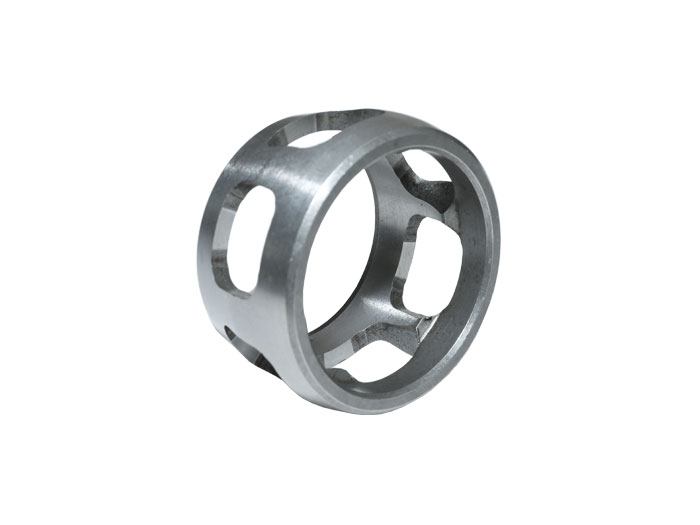The CV joint is one of the most critical parts of the car. It allows the driver to drive the vehicle smoothly and safely. If you suspect you may have a damaged CV boot, there are several things you can do.
Symptoms of a bad CV joint
If your car has a bad CV joint, you can easily spot it by listening for the symptom of a clicking sound while turning. This symptom is a warning that something is wrong with the outer cv joint, which is the part of the axle that connects the wheel to the transmission.
A constant velocity joint, or CV joint, is a very important part of any vehicle. It allows the driver to control the wheels through the steering wheel. However, these joints can wear out over time and cause the driver to lose control.
If your car has a bad cv joint, you should take it to a mechanic as soon as possible. Not only can it affect your steering, it can also damage your transmission. The cost of repairing a CV joint will vary depending on the brand and model of your car.
Failing CV joints can cause your tires to get dirty, a sign of a lack of lubrication. You may notice a dark brown or black grease on the rim or inside the wheel well. These signs indicate that the CV joint has worn out.
Another symptom of a bad cv joint is a clunking noise. You can hear this clunking sound when accelerating or decelerating. Sometimes this sound can be amplified by accelerating in reverse.
Symptoms of a damaged or torn CV boot
If you notice a clicking or popping noise from your axle, or vibrations while you drive, you might have a damaged CV boot. This boot protects the CV joint, which is part of the axle and transfers torque from the transmission to the drive wheels. When it becomes damaged, it can cause excessive wear and tear on the joint.
The boot is made from rubber, but it can become brittle over time. Cracks and tears may allow dirt, water and grease to leak into the joint. These types of leaks can travel to the underside of your vehicle. They can also cause damage to other parts of the chassis.
Fortunately, there are several ways to diagnose and repair a faulty CV boot. If you suspect the CV boot is damaged, you can take your car for a test drive.
Once you have confirmed that the boot is broken, you should replace it as soon as possible. A damaged CV boot can lead to excess wear and tear on the joint, which will eventually fail.
Check your vehicle's CV joints on a regular basis. Oftentimes, these joints can be repaired at a fraction of the cost of replacing the entire CV joint assembly.
Inspecting your CV boot should be done once a year. However, if your vehicle has been in the road for a long period of time, it is a good idea to check the joints more often.
Repairing a damaged or torn CV boot
When you see a CV boot tattered or torn, it is important to make sure you repair it right away. A torn or worn out CV boot allows water, dirt, and road debris into the CV joint, accelerating the wear and tear on the joint.
Repairing a damaged or torn CV boot can be a complicated job, depending on the size of the damage and the extent of the repairs. Before attempting to repair a torn CV boot, make sure you know what you're doing.
First, take your car for an inspection. You should do this once a year, but more often if you're driving an older or higher-mileage vehicle.
After checking for any visible damage, you should remove the old CV boot. This can be done with a pliers or a screwdriver. Remove any metal bands that may be attached to the old CV boot.
Once you've removed the old boot, clean it thoroughly with a rag or a cleaning solution. If you're unsure about what to do, consult your owner's manual.
Next, affix a new CV boot. Start by sliding the wide end of the boot over the greased funnel. Flip it over and then pull it towards the body of the car.
Depending on how much work is needed, the entire process of repairing a damaged or torn CV boot could take 3-4 hours.
